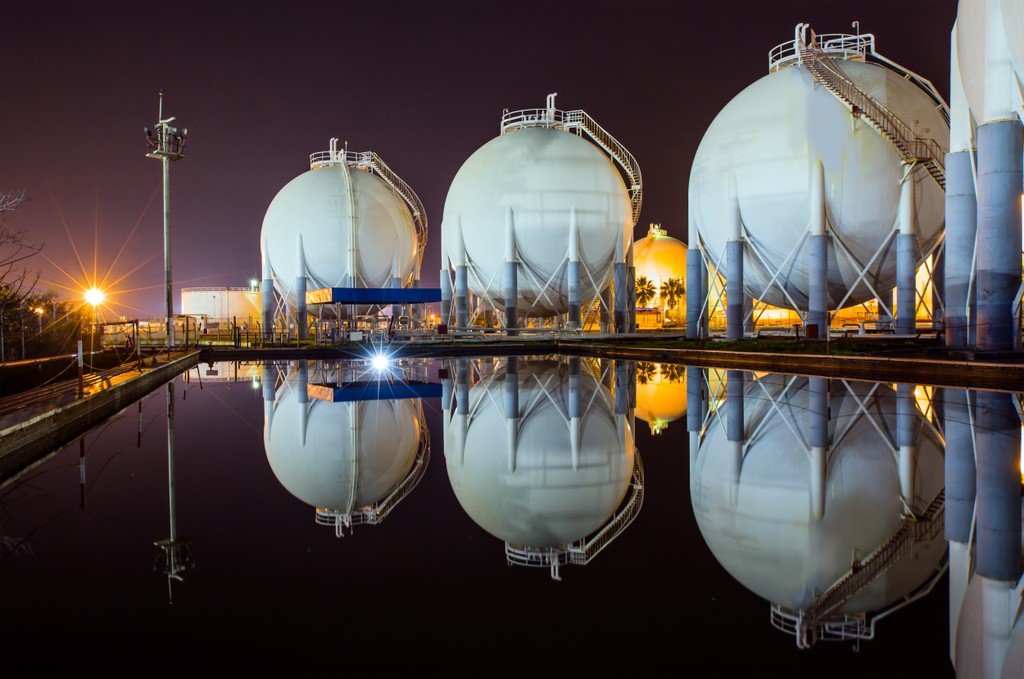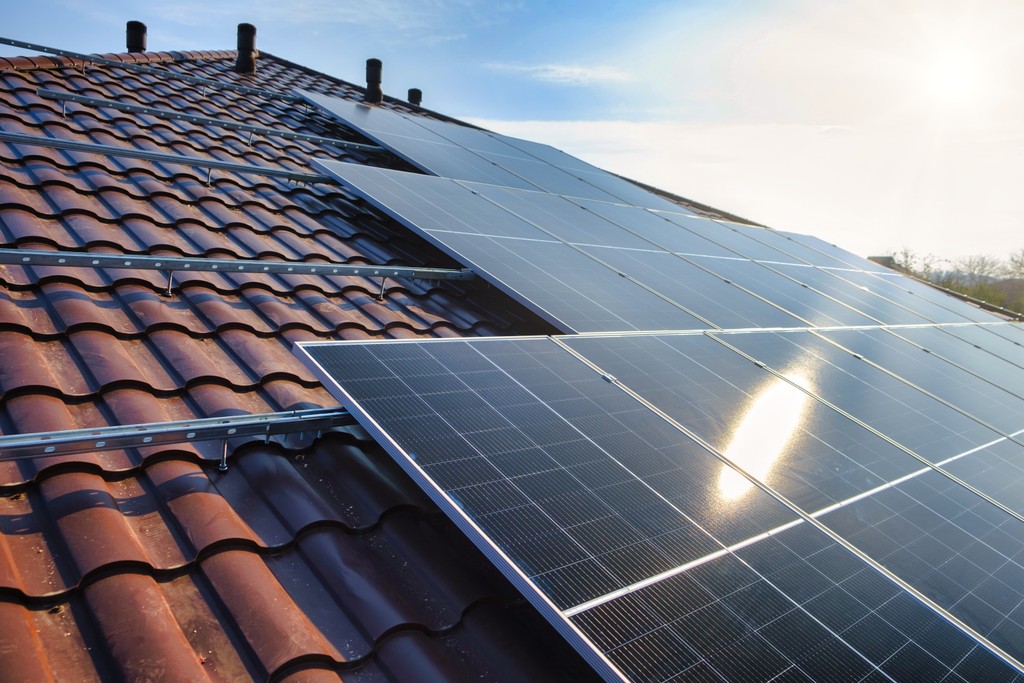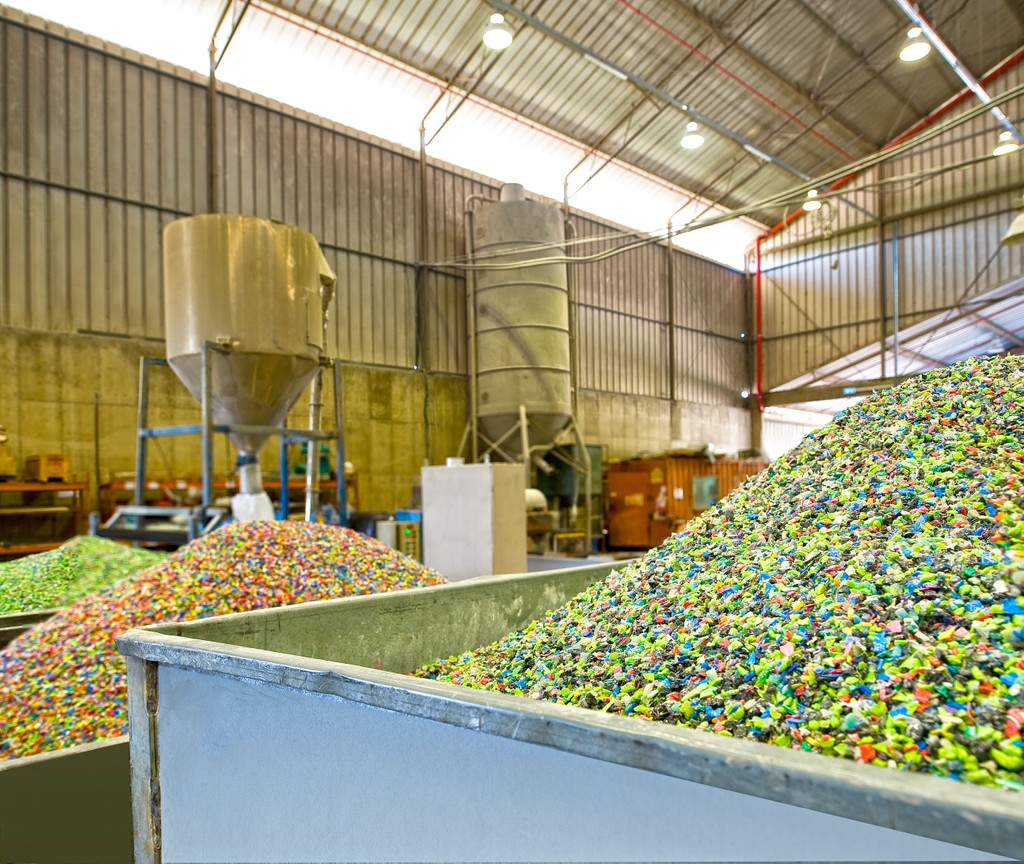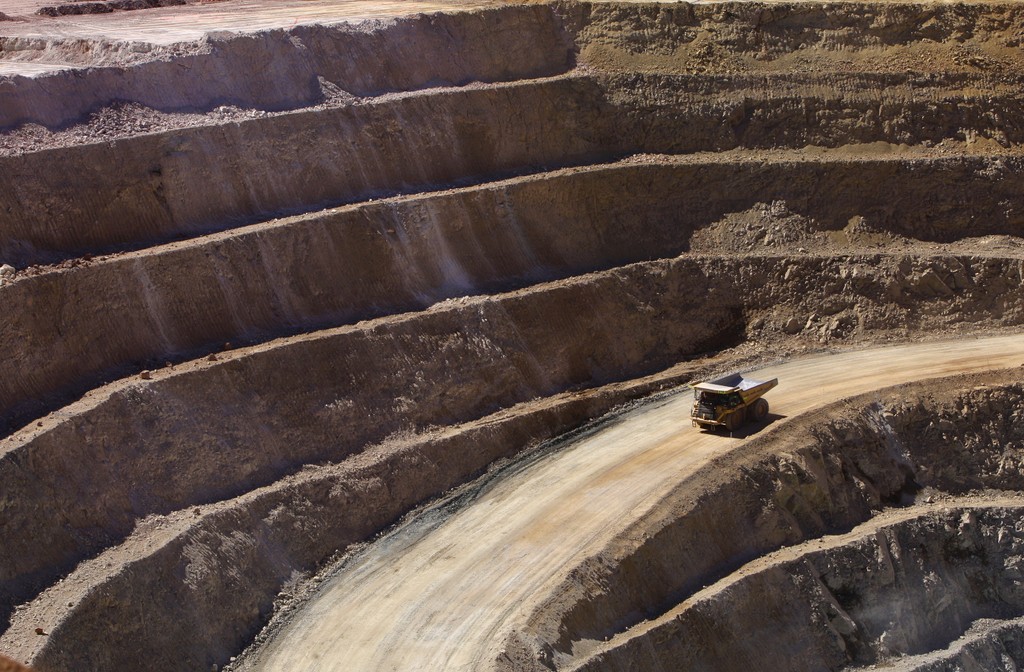By Sunny Park, BloombergNEF Summit Deputy Director
It’s been a big year for the energy transition. On the one hand, record clean power installations, advancements in energy storage technologies and the increased implementation of US Inflation Reduction Act tax credits all suggest the energy transition is gaining steam. Meanwhile, 2024 brought localization challenges, geopolitical conflicts, and, for the first time, a global average temperature exceeding 1.5C above pre-industrial levels.
The energy transition is at a crucial moment, but it may also be at a crossroads. The BNEF Summit series brings together business leaders, investors and policymakers to explore not only the low-carbon transition but also the societies and economies it impacts – all while sharing BNEF’s latest insights.
The BNEF Summit New York, which will take place on April 29-30 is built around three key themes: 1) the impact of the new US administration on the energy transition, 2) strategies to sustain growth in leading sectors while seizing new investment opportunities, and 3) how emerging technologies are reshaping the existing economy.
The future of the energy transition: Policy shifts and innovation
Energy and environmental policies are in the spotlight as the new US administration shapes its governing agenda. President Donald Trump has pledged to reverse many of Joe Biden’s policies, while Congress debates potential reforms or rollbacks of key clean energy subsidies. By the time of the New York Summit, the administration will have completed its first 100 days.
This political shift introduces both uncertainty and tension. While the market anticipates easing inflation and interest rates, supply chain disruptions and a push for locally manufactured clean energy equipment could drive up project costs and slow decarbonization efforts. All that said, the energy transition is unlikely to stall, as technological advancements, corporate commitments and market forces continue to drive momentum forward.
Discussions throughout the Summit will explore how to create further opportunities by analyzing the macroeconomic landscape and identifying key risks and opportunities for the energy sector, industries, and investors navigating this evolving environment.
Sustaining US leadership: Driving growth and seizing new opportunities
The US is the world’s largest producer of oil and natural gas and a leading exporter of liquefied natural gas (LNG). While the energy transition aims to reduce reliance on fossil fuels, the new administration appears primed to take a different approach, encouraging both production and consumption of gas and oil. Nuclear energy also remains a key strength for the US, with major tech companies increasingly turning to it as a carbon-free power source. Throughout the Summit, discussions will explore the US’s shifting role in the energy transition and its global position, including sessions such as Shifting Dynamics in US Commodities and Energy, What it Takes to Make US LNG ‘Great’ and Can the US Maintain Its Carbon Capture Lead?
Reshaping industries and growth
Rising electricity demand from data centers, artificial intelligence, crypto mining, manufacturing, and electric vehicles is putting pressure on the power grid. The key question is whether clean energy deployment can scale fast enough to meet this skyrocketing demand. At the same time, the surge in power consumption is intensifying discussions around grid connectivity, permitting bottlenecks, long-term planning, and strategies to strengthen energy infrastructure.
The market has increasingly relied on natural gas and postponed coal plant shutdowns to ensure uninterrupted power generation – actions that could drive further oil and gas production growth. They could also accelerate the development of technologies that reduce emissions such as carbon capture and storage, alongside the continued expansion of clean energy technologies.
Investment in clean energy and new climate technologies is expected to grow steadily. The recent exit of several North American banks from the industry’s largest climate alliance has raised concerns about the sector’s commitment to net-zero goals, but many banks have already outlined comprehensive transition plans, showing their readiness to navigate the energy transition. It remains unlikely that they will scale back efforts to mitigate climate risk or capitalize on opportunities in the low-carbon transition. The key questions at the Summit will revolve around how banks and investors can address these challenges and unlock opportunities for sustainable growth.






